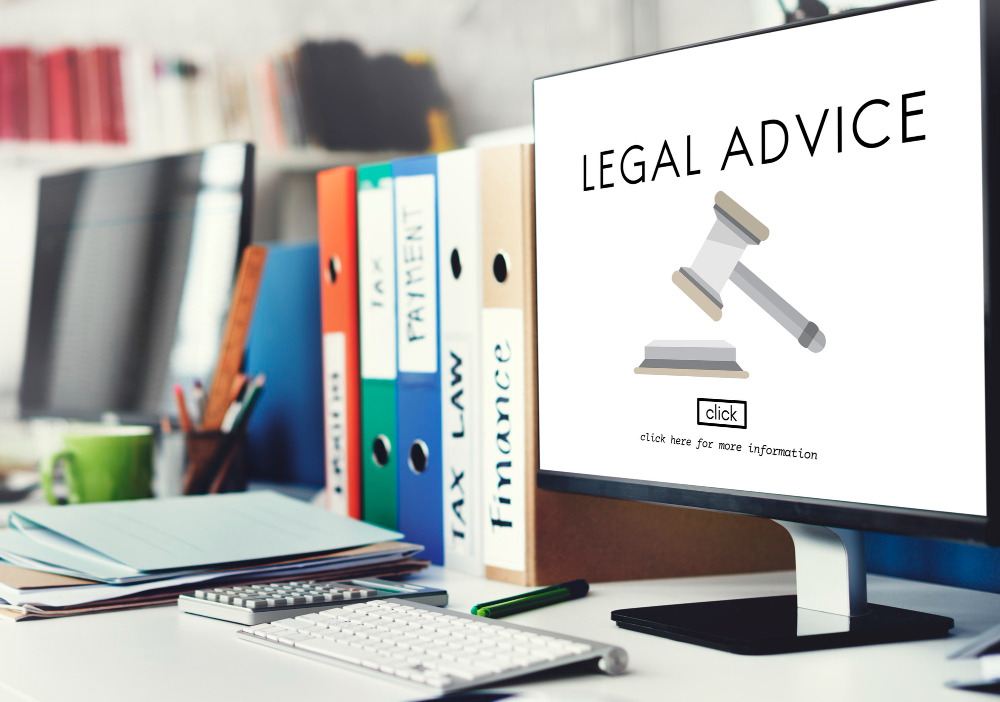Decoding eLearning #3: The Complete Guide to Storyboarding.
Welcome to our guide on eLearning storyboarding – an essential aspect of creating effective eLearning courses. In the world of eLearning, designing courses that engage and make an impact is vital. Storyboarding involves visually mapping out your course’s structure and content flow, serving as a detailed outline or blueprint for your eLearning course. In this guide, we’ll walk you through the essentials of eLearning storyboarding, providing practical insights to simplify your content creation process.
It’s worth noting that while instructional designers are ideally the individuals tasked with creating storyboards, as they possess the expertise to structure content in a proper manner, it’s not uncommon for others to be involved in the process. If you find yourself in the position of creating a storyboard, ensure a thorough understanding of the eLearning development process. Familiarize yourself with the instructional design process, content structuring, and effective communication strategies to ensure the storyboard aligns seamlessly with the learning objectives.
Pre-storyboarding Phase: Setting the Foundation
⦿ Approach
Before delving into the intricacies of eLearning storyboarding, it’s crucial to establish a solid foundation during the pre-storyboarding phase. One of the primary considerations is determining the level of your course. Tailoring your approach to the appropriate level ensures that the content resonates effectively with your target audience. In the realm of eLearning development, these levels are typically represented as Level 1 (basic), Level 2 (intermediate), Level 3 (advanced), or even incorporating gamified elements for heightened engagement.
Additionally, decide on the sit time, the actual duration of the course. Understanding the optimal time learners should spend on each module helps create a cohesive and engaging eLearning experience. This consideration not only affects the pacing of the course but also influences the overall learner experience.
Moreover, the choice of tools plays a pivotal role in the development process. Assessing the capabilities and limitations of various tools is essential to ensure seamless integration with your course content. Each tool may have its strengths and weaknesses, and understanding these nuances is key to making informed decisions during the storyboarding phase. Planning ahead regarding levels and tools not only streamlines the development process but also contributes to a more effective and efficient storyboarding journey.
⦿ Collecting Raw Materials
Before you begin the process of storyboarding, you’ll need to gather the raw materials. These materials serve as the foundation of your training program, requiring extensive research to acquire the necessary information, documents, data, or other inputs. They play a pivotal role in ensuring the accuracy, relevance, and alignment of the content with the training objectives. Moreover, having these materials readily available not only streamlines the content development process but also results in fewer review rounds in the future, saving valuable time.
⦿ Define Course Outline
Once the raw materials are in place, break them down into manageable chunks or modules. Understanding how learners will perceive these modules is crucial for creating a logical and structured course outline. Define the sequence of topics and modules to ensure a smooth learning progression. A well-defined course outline serves as a roadmap for both developers and learners, offering clarity on the learning journey ahead.
⦿ Adhere to Content Guidelines
Adhering to content guidelines is a non-negotiable aspect of eLearning development. Before delving into storyboarding, thoroughly understand and follow the prescribed content guidelines. These guidelines may encompass rules for text formatting, image usage, tone of language, and other specific requirements. Consistency in adhering to guidelines ensures a uniform and professional appearance throughout the entire eLearning course.
Storyboarding Phase: Crafting a Seamless Learning Experience
⦿ Content Flow
During the storyboarding phase, meticulous attention must be given to the synchronization between onscreen content and voiceovers. Ensure that the visual elements complement the narrative seamlessly, creating a cohesive and engaging learning experience. Clearly outline interactivity within the storyboards, aiding graphic designers in accurately translating your vision into a fully functional eLearning course.
⦿ Instructions for Learners and Designers
Providing clear instructions is paramount for both learners and graphic designers. Before any activity, incorporate instructions for learners, guiding them on how to approach the content, assessments, and any interactive elements. For graphic designers, detailed instructions ensure they understand the nuances of the course development, resulting in a more accurate and effective end product.
Additionally, include comprehensive guidance for knowledge checks and assessments. Specify the number of questions, grading processes, and any relevant details, offering transparency to learners and facilitating a smoother assessment experience.
Best Practices for eLearning Storyboarding
⦿ Engage Stakeholders Early:
Collaborating with Subject Matter Experts (SMEs) right from the beginning is crucial. Early engagement ensures accurate content representation, as SMEs can provide insights into the subject matter, key concepts, and potential challenges. This collaborative approach helps in creating a storyboard that aligns with the course objectives and meets the expectations of all stakeholders.
⦿ Be Descriptive:
Clear and detailed instructions are essential for developers, designers, and other team members involved in the eLearning development process. Descriptive elements in the storyboard provide a roadmap for the creation of content, interactions, and assessments. Clarity in instructions helps in avoiding misunderstandings and ensures a smoother development process.
⦿ Improved performance:
By setting SMART goals and understanding how their work contributes to the bigger picture, employees are motivated to excel. This leads to improved performance, increased productivity, and a greater sense of accomplishment.
⦿ Align with Learning Objectives:
Every element in the storyboard should directly contribute to achieving the defined learning objectives. Ensuring alignment with learning goals helps maintain the focus on what learners need to achieve. This alignment guides the selection of content, assessments, and interactive elements, creating a cohesive and purposeful eLearning experience.
⦿ Navigation and User Flow:
Make sure the storyboard focuses on easy navigation and a smooth transition between screens in the eLearning course. Stress the use with clear labels, buttons, and a logical sequence to avoid confusing learners. Keep a user-friendly design with consistent elements for an enhanced overall experience. Before development, conduct usability testing to detect and fix any issues, ensuring a straightforward and effective learning experience.
Here is a sample template of the storyboard.




